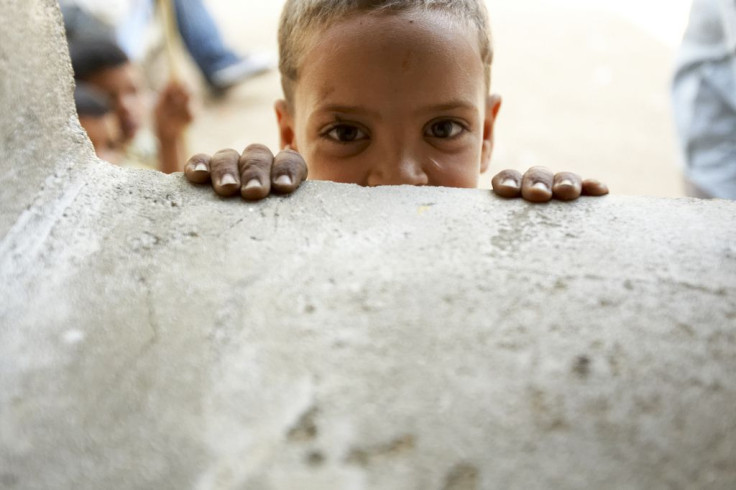Sickle Cell Anemia Affected 80% Of Babies In Africa In 2010, Predicted To Increase By 33% In Next 40 Years

In 2006, the World Health Organization recognized sickle cell anemia (SCA) as a global public health problem. SCA is a hereditary disorder in which one's blood cells become misshapen. As a result, the altered blood cells block blood flow and can cause chronic pain, fatigue, and organ damage.
Without early diagnosis and treatment, most of those affected die during the first few years of life, with reported deaths reaching 92 percent in children under the age of five. While treatments and other management strategies have been developed to improve the lives of those affected by SCA, there is currently no cure.
However, management does not necessarily mean fewer people will be born with the disease, as it is hereditary and unavoidable. As a result, there are more people living with the disease, and thus the global burden posed by SCA is increasing.
A new study sought to assess estimations of the expected increase of the burden between 2010 and 2050, identify the countries most likely to be affected by the increase, and provide evidence to guide public health decisions at the global, regional, and national level. While the disease can be managed, this does not mean that people are not suffering from the burden that it creates.
The researchers used estimated country rates of SCA and information on projected birth rates to show that the number of newborn babies with SCA is likely to increase from about 305,800 in 2010 to about 404,200 in 2050. Globally, they estimated the overall number of births affected by SCA between 2010 and 2050 to be 14,242,000, with the annual number of SCA births increasing by one-third in that time and potentially doubling the number of SCA cases over the next 40 years.
They found that 80 percent of newborns in sub-Saharan Africa were born with SCA in 2010. This is the highest prevalence of SCA in one country, and is expected to increase steadily until 2050. Similarly, other countries with high prevalence are expected to have increases in their burden as well as disease occurrence. Conversely, higher income countries like Europe and the Americas are expected to see decreases in their SCA prevalence and overall burden related to the disease.
In 2010, India, the Democratic Republic of the Congo, and Nigeria contained more than half of the annual number of newborns in the world with SCA. The researchers expect that these three countries will have a similar trend of SCA by 2050, where each individual country will see a five-percent increase in the number of their newborns with the disorder.
Critics of the finding suggest that because the global burden of SCA is estimated to increase steadily for the next 40 years, specific policies must be developed for appropriate public health planning, particularly in low- and middle-income countries where testing and treating can become too costly. Further studies are vital to assess current and future health care needs, especially in Nigeria, the Democratic Republic of the Congo, and India.
Sources: Peil FB, Hay SI, Gupta S, Weatherall DJ, Williams TN. Global Burden of Sickle Cell Anemia in Children under Five, 2010-2050: Modelling Based on Demographics, Excess Mortality, and Interventions. PLOS Medicine. 2013.
Fottrell E, Osrin D. Sickle Cell Anaemia in a Changing World. PLOS Medicine. 2013.



























